I work for An Táin Arts Centre in Dundalk, and our director, Paul Hayes, runs a very inclusive art space in the sense that everybody that works there has an artistic discipline or background.
I studied film and TV production. I worked as a freelance production executive and producer for a good few years. Then I had my daughter and I just was like, “I can’t do this and be a mam”.
I decided to take a step back from it for a while, and then I was at home going, I’m kind of bored.
I don’t know if many people have children and then go, “Actually, I need something for me.” But I just didn’t think the film industry at that point in time was right because it’s so demanding.
I saw a role advertised in An Táin, and I knew Paul, and I thought it would be fun. No long hours on calls to producers in LA, doing all the traveling and all the driving down to the middle of nowhere to be on set for six weeks.
they retraced the roots of the Táin warriors, Queen Maeve’s warriors from Rathcroghan across the county to Cooley
I got the job part-time and I was doing that and minding my daughter, and in the middle of it all the film industry came calling again.
The producers I’d worked with were like, “We really want you to work with us. We know you can’t do what you did before. Can you work remotely? We’ll be really flexible.”
I ended up getting back into it again and juggling the two of them for quite a while. Then I was studying fashion design part-time.
In the pandemic, film became incredibly bureaucratic. It was further and further away from the creative place I wanted to be in. I lost the passion for it a little bit if I’m being honest.
At the arts centre, I got chatting to this wonderful lady called Mel O’Loan from the Táin March, and what they did every year was they retraced the roots of the Táin warriors, Queen Maeve’s warriors from Rathcroghan across the county to Cooley.
She was saying, wouldn’t it be wonderful if there was a piece of art created from each of the five counties that they marched through [Rosscommon, Longford, Westmeath, Meath and Louth] that depicted scenes from the epic?
The idea of a tapestry came up and I went to Paul and pitched it to him and sometime around late 2019, the head of Creative Ireland Louth picked it up. We assigned a lead artist, Sophie Coyle, who had done some work with Creative Spark with other tapestries.
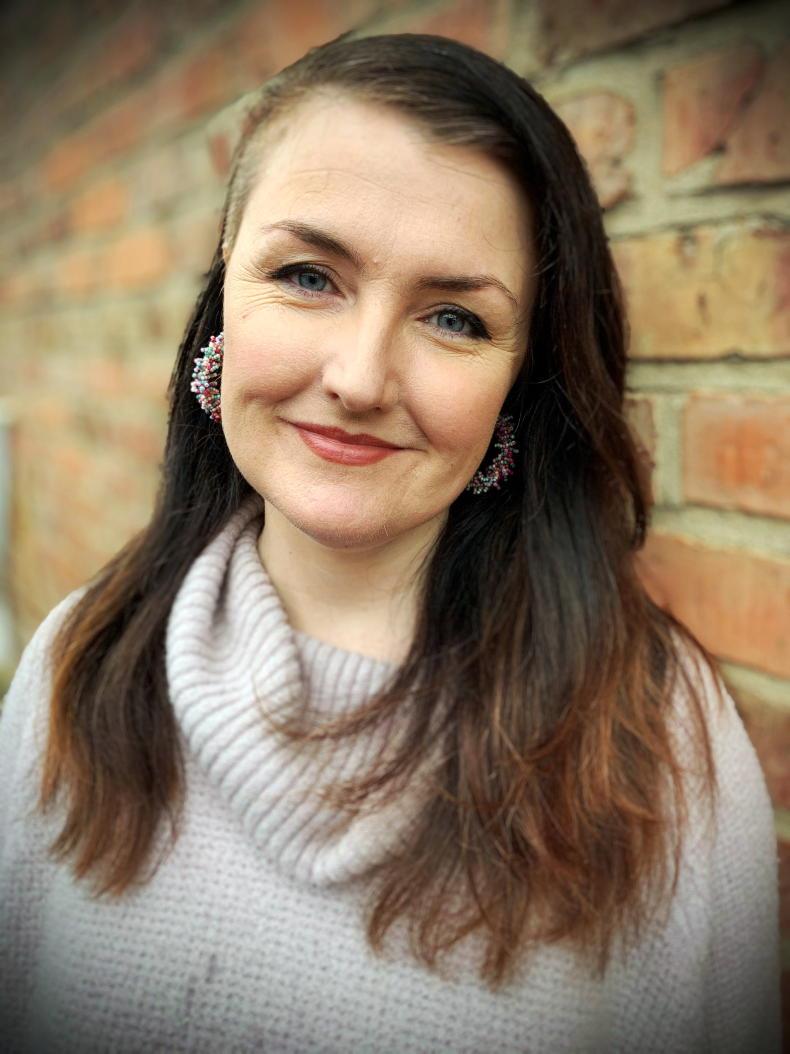
Mary Claire Cowley of An Táin Arts Centre
A huge project like this, when you think about it, is five tapestries and five counties and five groups of volunteers. How do we make sure that it’s going to look the same?
You need a lead artist in every county to guide the volunteers. We decided to dye the fibres so at least the background everyone was working on was going to be the same.
We had lots of Zooms with the artists and they all gelled incredibly well. I actually think they’ve all become really good friends.
We had Frances Crow in Rosscommon, Catherine Gray in Longford, Claire Delabre in Westmeath, Ina Olohan in Meath and Úna Curley in Louth. All of them are textile artists in their own right, incredibly talented, but also great facilitators.
There was no one-size-fits-all in terms of gathering the volunteers, but they all came together. It was all a bit of a mishmash across the country
Since the tapestry and the pandemic, we changed our whole programme at the centre. We threw the book out the window and focused on more community-based projects.
We had an online book club, which is still going strong now, we sent a hundred original paintings to people living in care homes before Christmas and started letter writing with them.
that’s why we do this. It’s to have an impact on people’s lives because the arts can
I got into film because you could see how it would make people feel emotion and move people into action sometimes, but the community arts that are on the ground really made me see this is valuable.
One lady in a care home who was 101, she was telling us how much it meant to her to receive the painting before Christmas when she was isolated. You look at that and think, that’s why we do this. It’s to have an impact on people’s lives because the arts can.
It’s not just in terms of experiencing art, but engaging with art. And obviously that’s where the tapestry happened. All of these volunteers, they had come together during covid, and the fear must have been unreal.
They came together and shared their skills and knowledge and became fast friends and were so supportive of one another. It was a really remarkable thing to witness. They created the most amazing work. It’s absolutely stunning what they did.
The ‘Threading the Táin’ full tapestry is on view in Roscommon until 26 June, after which time each individual piece will be returned to its relevant county for semi-permanent display.
I work for An Táin Arts Centre in Dundalk, and our director, Paul Hayes, runs a very inclusive art space in the sense that everybody that works there has an artistic discipline or background.
I studied film and TV production. I worked as a freelance production executive and producer for a good few years. Then I had my daughter and I just was like, “I can’t do this and be a mam”.
I decided to take a step back from it for a while, and then I was at home going, I’m kind of bored.
I don’t know if many people have children and then go, “Actually, I need something for me.” But I just didn’t think the film industry at that point in time was right because it’s so demanding.
I saw a role advertised in An Táin, and I knew Paul, and I thought it would be fun. No long hours on calls to producers in LA, doing all the traveling and all the driving down to the middle of nowhere to be on set for six weeks.
they retraced the roots of the Táin warriors, Queen Maeve’s warriors from Rathcroghan across the county to Cooley
I got the job part-time and I was doing that and minding my daughter, and in the middle of it all the film industry came calling again.
The producers I’d worked with were like, “We really want you to work with us. We know you can’t do what you did before. Can you work remotely? We’ll be really flexible.”
I ended up getting back into it again and juggling the two of them for quite a while. Then I was studying fashion design part-time.
In the pandemic, film became incredibly bureaucratic. It was further and further away from the creative place I wanted to be in. I lost the passion for it a little bit if I’m being honest.
At the arts centre, I got chatting to this wonderful lady called Mel O’Loan from the Táin March, and what they did every year was they retraced the roots of the Táin warriors, Queen Maeve’s warriors from Rathcroghan across the county to Cooley.
She was saying, wouldn’t it be wonderful if there was a piece of art created from each of the five counties that they marched through [Rosscommon, Longford, Westmeath, Meath and Louth] that depicted scenes from the epic?
The idea of a tapestry came up and I went to Paul and pitched it to him and sometime around late 2019, the head of Creative Ireland Louth picked it up. We assigned a lead artist, Sophie Coyle, who had done some work with Creative Spark with other tapestries.

Mary Claire Cowley of An Táin Arts Centre
A huge project like this, when you think about it, is five tapestries and five counties and five groups of volunteers. How do we make sure that it’s going to look the same?
You need a lead artist in every county to guide the volunteers. We decided to dye the fibres so at least the background everyone was working on was going to be the same.
We had lots of Zooms with the artists and they all gelled incredibly well. I actually think they’ve all become really good friends.
We had Frances Crow in Rosscommon, Catherine Gray in Longford, Claire Delabre in Westmeath, Ina Olohan in Meath and Úna Curley in Louth. All of them are textile artists in their own right, incredibly talented, but also great facilitators.
There was no one-size-fits-all in terms of gathering the volunteers, but they all came together. It was all a bit of a mishmash across the country
Since the tapestry and the pandemic, we changed our whole programme at the centre. We threw the book out the window and focused on more community-based projects.
We had an online book club, which is still going strong now, we sent a hundred original paintings to people living in care homes before Christmas and started letter writing with them.
that’s why we do this. It’s to have an impact on people’s lives because the arts can
I got into film because you could see how it would make people feel emotion and move people into action sometimes, but the community arts that are on the ground really made me see this is valuable.
One lady in a care home who was 101, she was telling us how much it meant to her to receive the painting before Christmas when she was isolated. You look at that and think, that’s why we do this. It’s to have an impact on people’s lives because the arts can.
It’s not just in terms of experiencing art, but engaging with art. And obviously that’s where the tapestry happened. All of these volunteers, they had come together during covid, and the fear must have been unreal.
They came together and shared their skills and knowledge and became fast friends and were so supportive of one another. It was a really remarkable thing to witness. They created the most amazing work. It’s absolutely stunning what they did.
The ‘Threading the Táin’ full tapestry is on view in Roscommon until 26 June, after which time each individual piece will be returned to its relevant county for semi-permanent display.






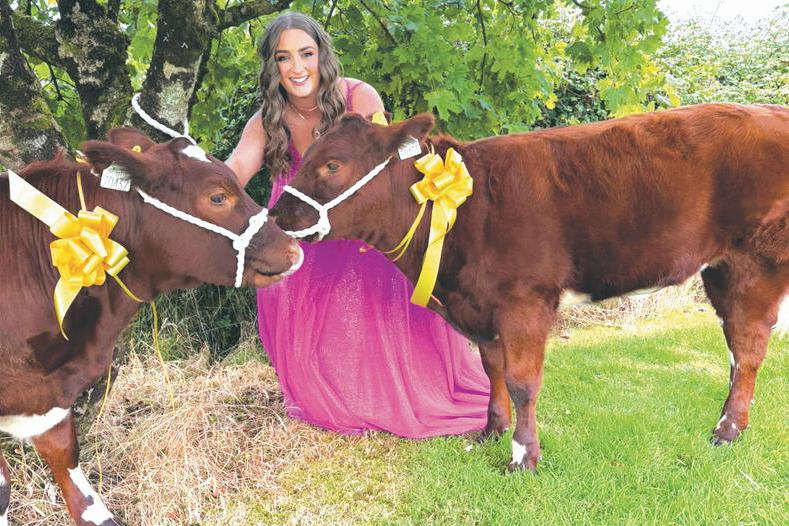
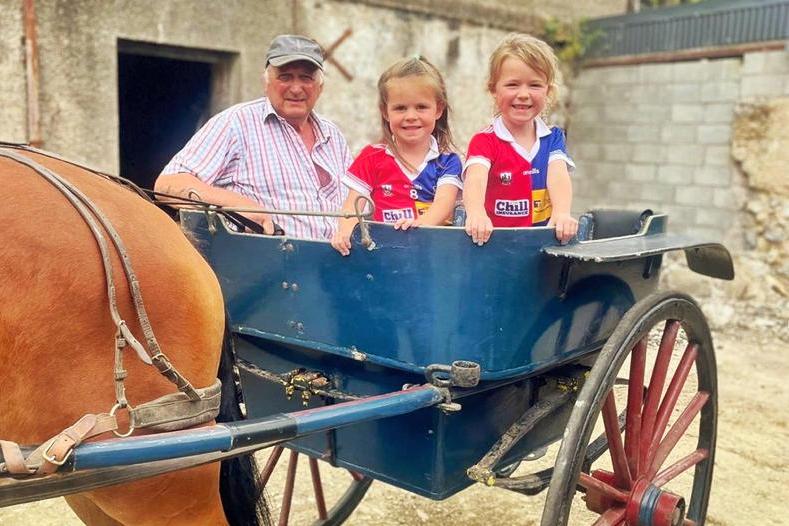
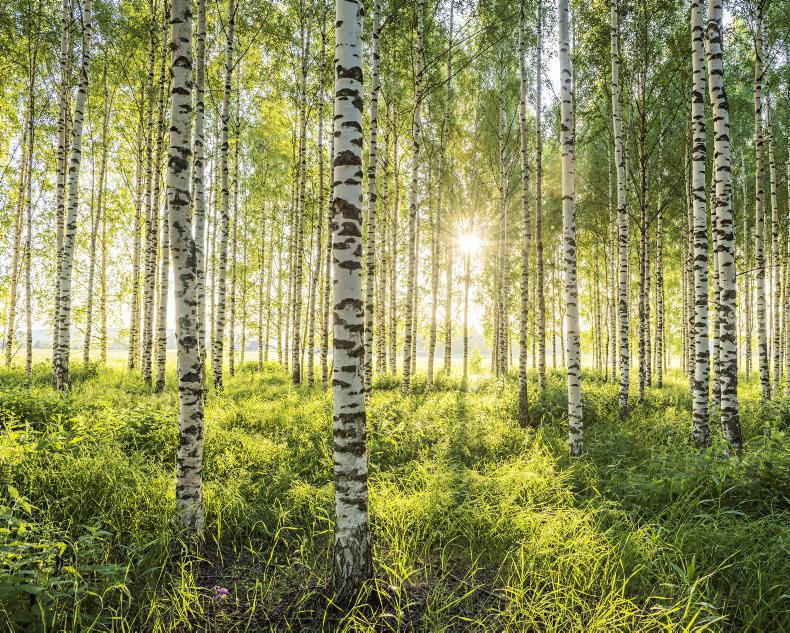
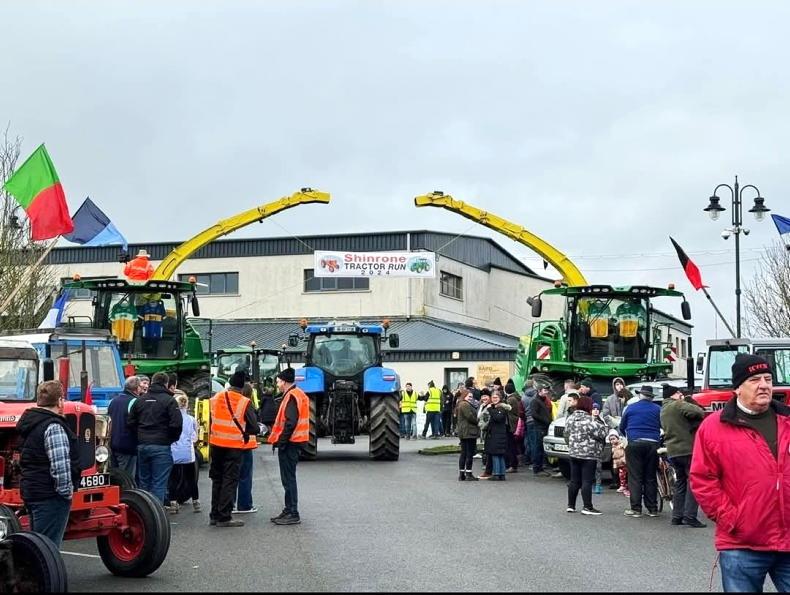
SHARING OPTIONS